Protecting One of Arizona’s Last, Best, and Wildest Rivers: The Upper Verde River
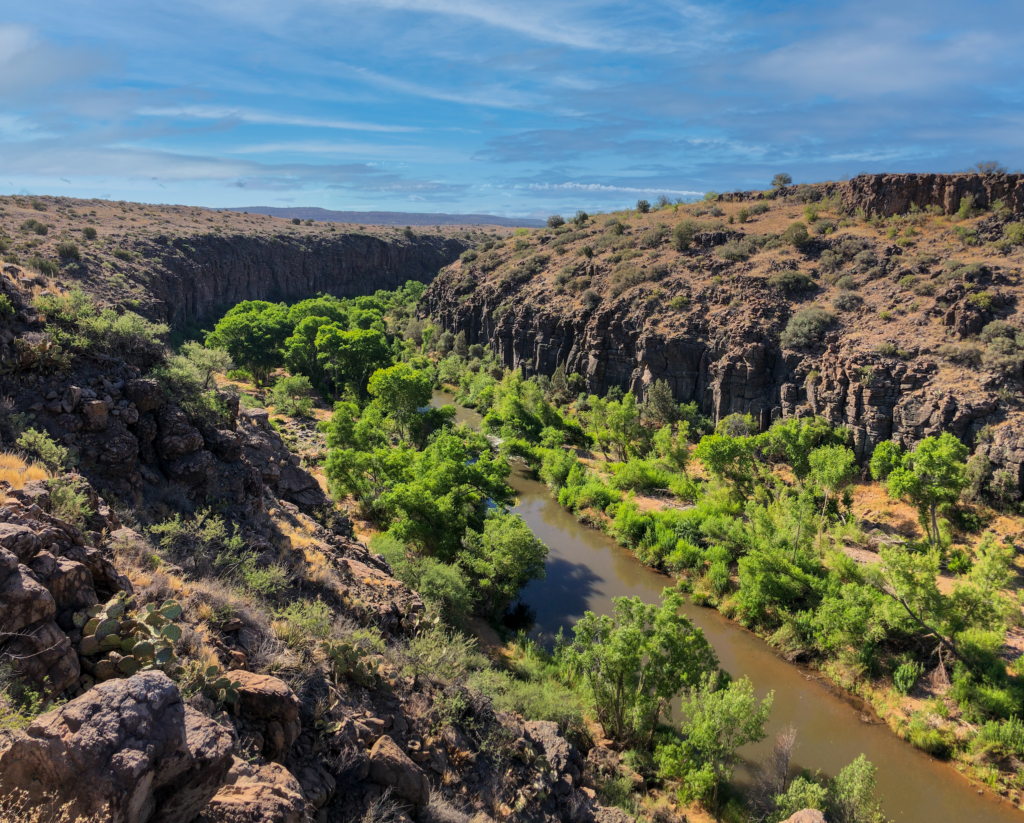
Tucked away in northern Arizona, sheltered from the generally dire news about water in the West and especially the Colorado River basin, lie the headwaters of the Verde River. The upper section of the Verde River, between Paulden and Clarkdale, along with its critical tributaries Granite and Sycamore creeks, are some of the most ecologically healthy and economically important free-flowing rivers remaining in Arizona.
Local advocates have been working to protect the Upper Verde for over a decade because of its uniquely intact ecosystem and cultural importance. Notably, nearly 15 years ago, the Upper Verde was facing the existential threat of the Big Chino pipeline, a now dormant but not dead groundwater pumping project that would have effectively dewatered the Upper Verde River. But while the river has so far evaded serious development proposals, its flow has certainly been reduced by regional groundwater withdrawal and climate change-driven aridification. And there’s nothing in place to permanently safeguard the river to remain as it is—incredibly wild, undeveloped, and free-flowing.
The Upper Verde has already been found by Prescott National Forest to be both eligible and suitable for Wild and Scenic designation because of its free-flowing status and numerous outstanding values. In a revamped effort to bring permanent protection to this special river through Congressional designation, in late 2021, American Rivers and numerous partners formed the Upper Verde Wild and Scenic River Coalition. Building upon the existing foundation of community support, the coalition over the last two years has made significant progress towards the goal of designating the Upper Verde as Arizona’s next Wild and Scenic River, including introducing the effort to Arizona delegates this past March.
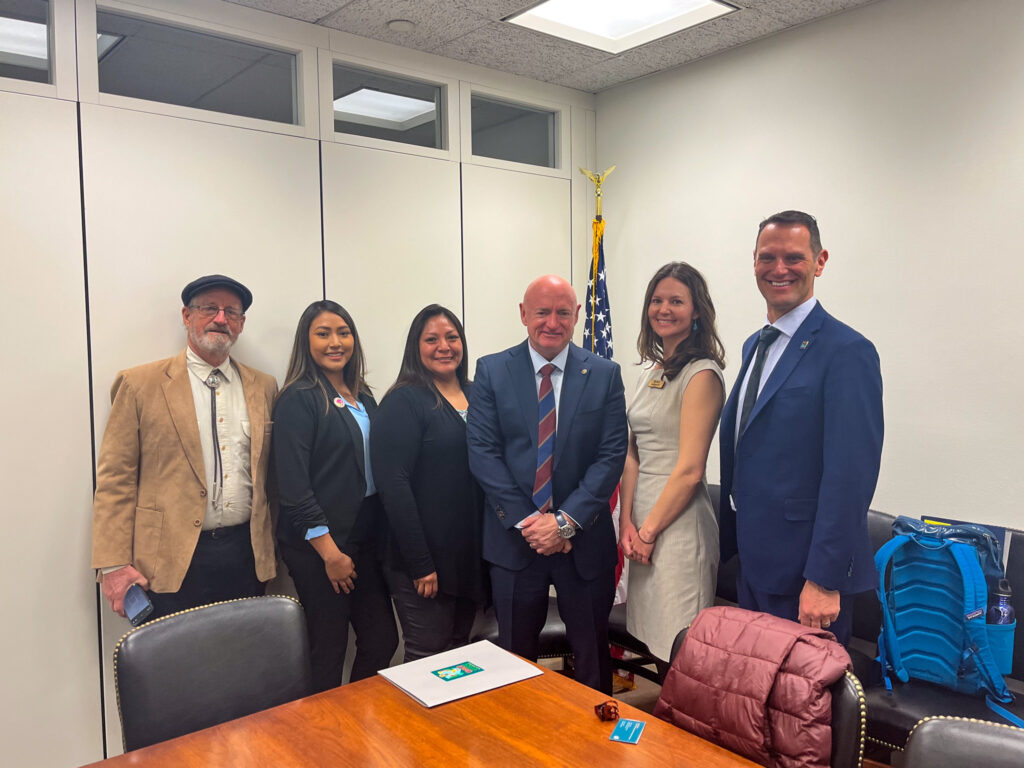
But why the Upper Verde?
The Upper Verde and the campaign to designate it a Wild and Scenic River exemplifies American Rivers Southwest River Protection Program’s goal of protecting our region’s most ecologically and culturally important rivers that remain. Unlike many of our rivers in the Southwest, the Upper Verde is not (yet) in crisis, nor has it been so seriously altered by the consequences of human consumption that it is no longer recognizable. Certainly, the river faces unprecedented threats from climate change, unconstrained groundwater withdrawal, mismanaged recreation, and invasive species. But with the Upper Verde, we have the increasingly rare opportunity to act proactively to protect a wild river. Imagine if we reflected on the consequences of not acting this way for the majority of our waters in the Southwest, but for this river, this time, we made a different choice.
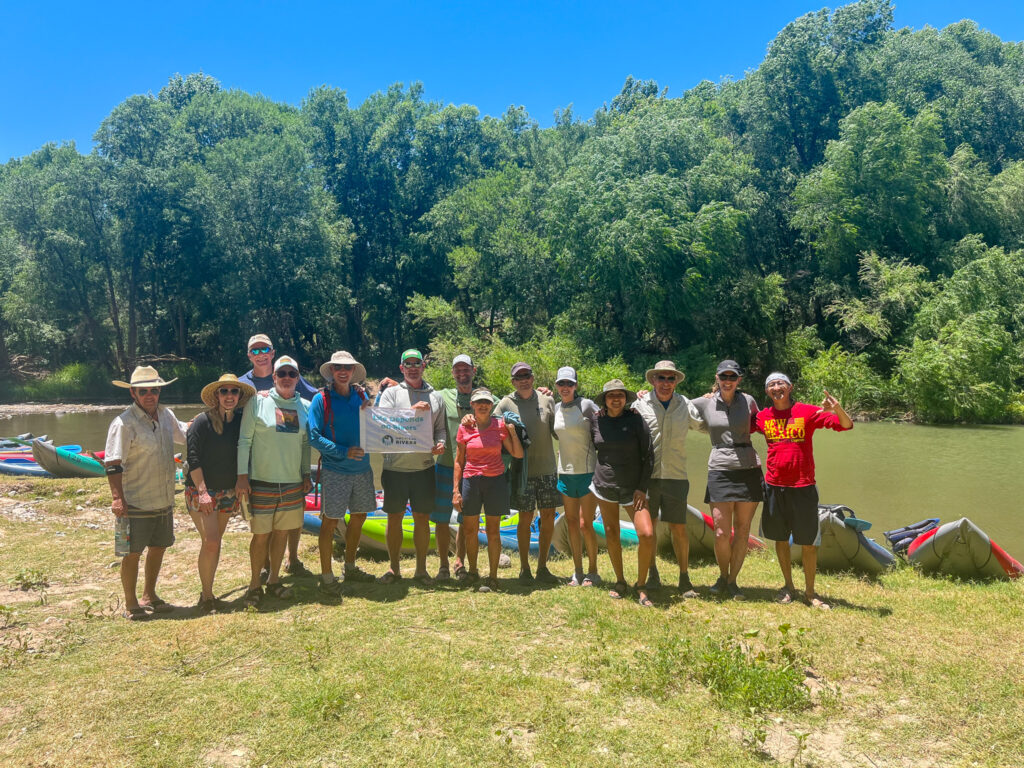
Why Wild and Scenic River designation?
Designation under the Wild and Scenic Rivers Act is the highest form of protection for free-flowing rivers in the United States and recognizes rivers of outstanding regional and national significance. The Verde River is the longest free-flowing river remaining in Arizona and holds immense ecological and cultural value, particularly for the Yavapai-Apache Nation. The birthplace of the Verde, the Upper Verde is a crown jewel of the state, providing clean drinking water, exceptional habitat for rare plants and animals, and excellent outdoor recreation opportunities.
The Verde River watershed is only 5.8% of the land area in Arizona, but it contains some of the best remaining riparian areas in our arid region – lush, green riverside habitats that are critical to our wellbeing, to wildlife, and a healthy ecosystem. As a thriving riparian area, the Verde River supports a large fraction of Arizona’s vertebrate species: 78% of breeding bird species, 89% of bat and carnivore species, 83% of native ungulate species and 76% of reptiles and amphibians genera (CWAG, 2022). The Verde River supports 9 of the 22 native fish species protected by the Endangered Species Act in Arizona. The Upper Verde River specifically is some of the best remaining habitat for the Sonora sucker, Desert sucker, Roundtail chub, Spikedace, Razorback sucker, and Loach minnow.
- Recognition as a Wild and Scenic River will:
- Ensure clean water supplies
- Conserve scenery, wildlife, recreation, cultural sites, access to hunting and fishing, and Verde Valley agriculture
- Prevent future large dams and diversions
- Provide more resources for monitoring and management
- Provide opportunities for public engagement
- Assure river access for recreation, hunting, fishing, and traditional uses
- Maintain the river and its remarkable ecosystem as it is for future generations
- Wild and Scenic River status does not:
- Restrict grazing permits
- Alter existing water rights
- Constrain private property rights
Rivers are the lifeblood of Arizona’s desert landscapes, but most have been lost, destroyed, or degraded. Arizona only has two Wild and Scenic Rivers, a lower section of the Verde and Fossil Creek, which constitute less than 1/10th of 1% of the state’s river miles. The Upper Verde remains a refuge for wildlife and nature for people to enjoy and appreciate. Let’s keep it that way!
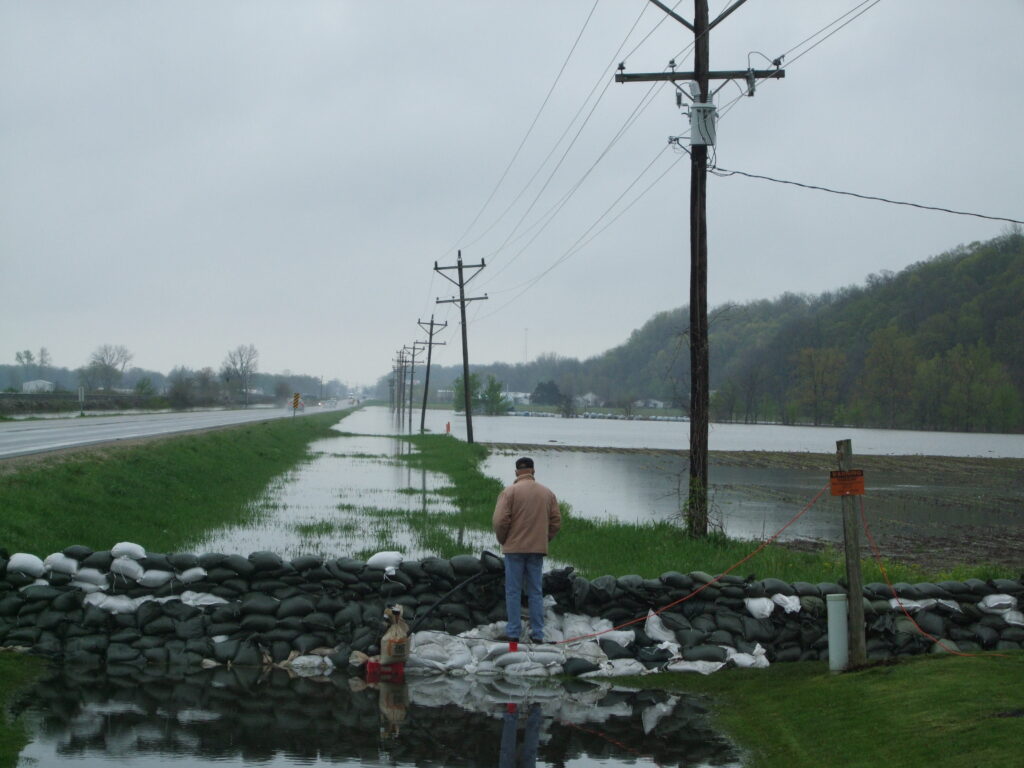
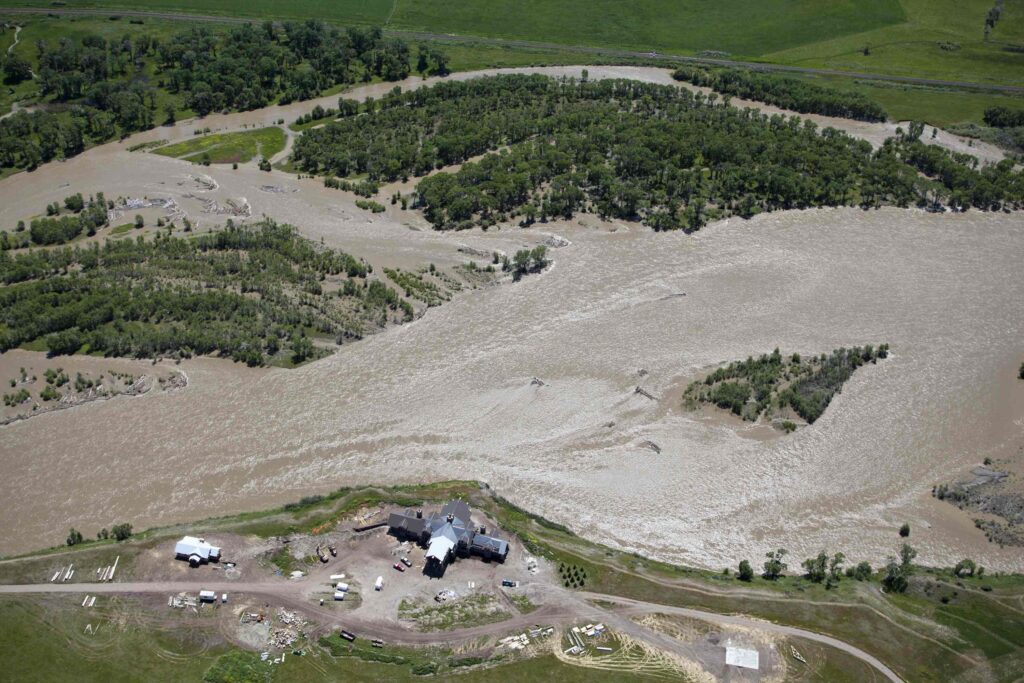
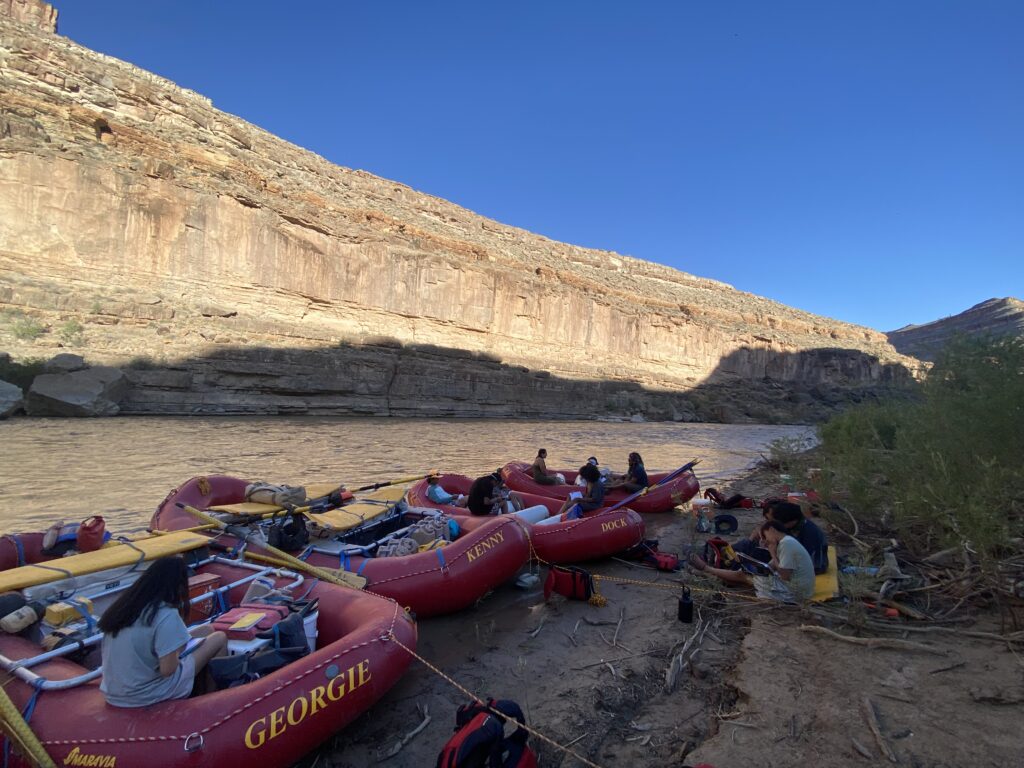
2 responses to “Protecting One of Arizona’s Last, Best, and Wildest Rivers: The Upper Verde River”
Must be Protected as it provides for the PHOENIX Valleys Drinking water !
Please help save our precious dwindling wildlife and habitats and oceans and rivers and trees and mammals and birds and plants and invertebrates and bugs and lakes and bogs and Mother Earth Nature!